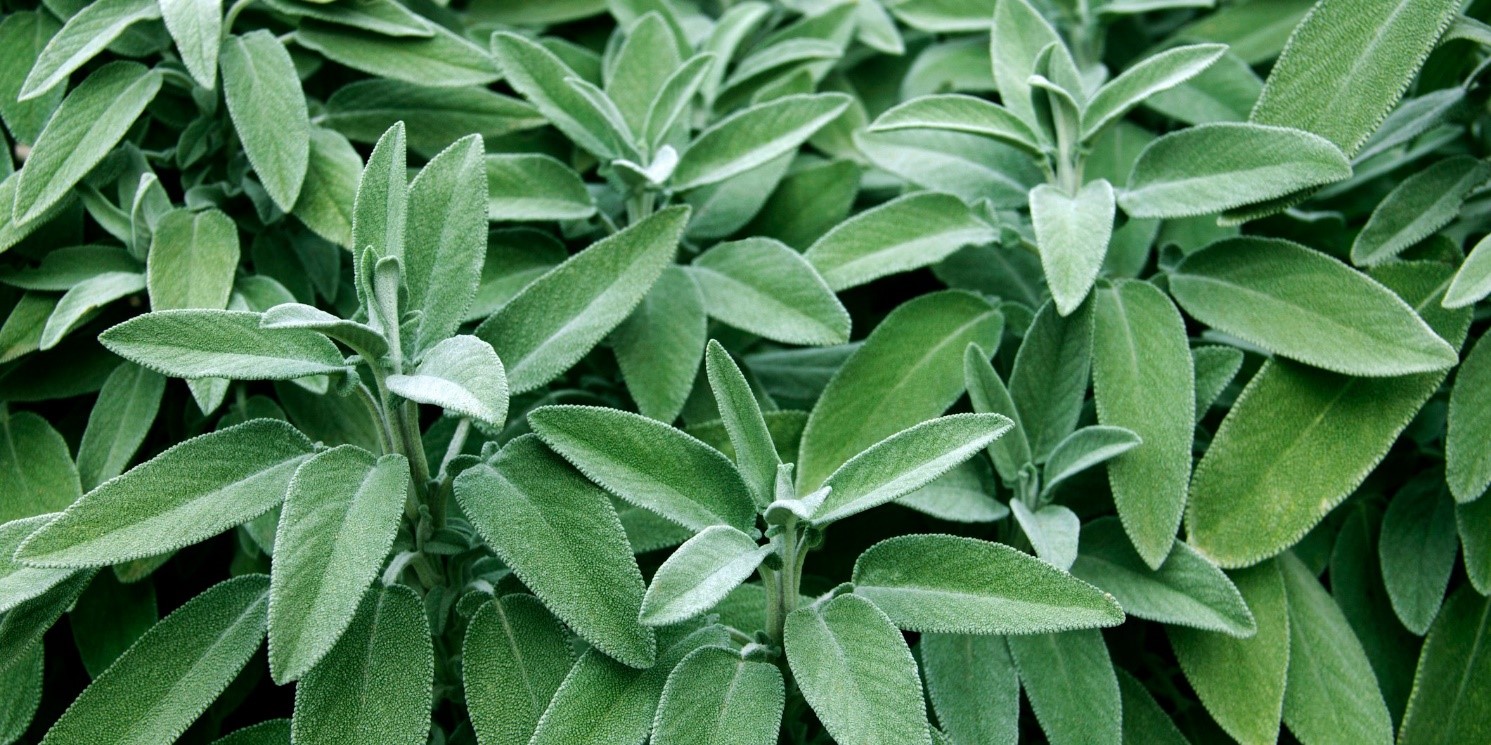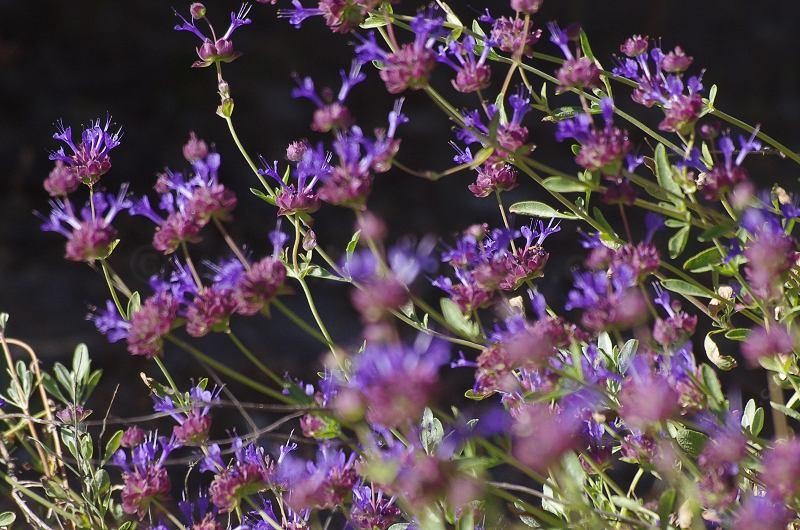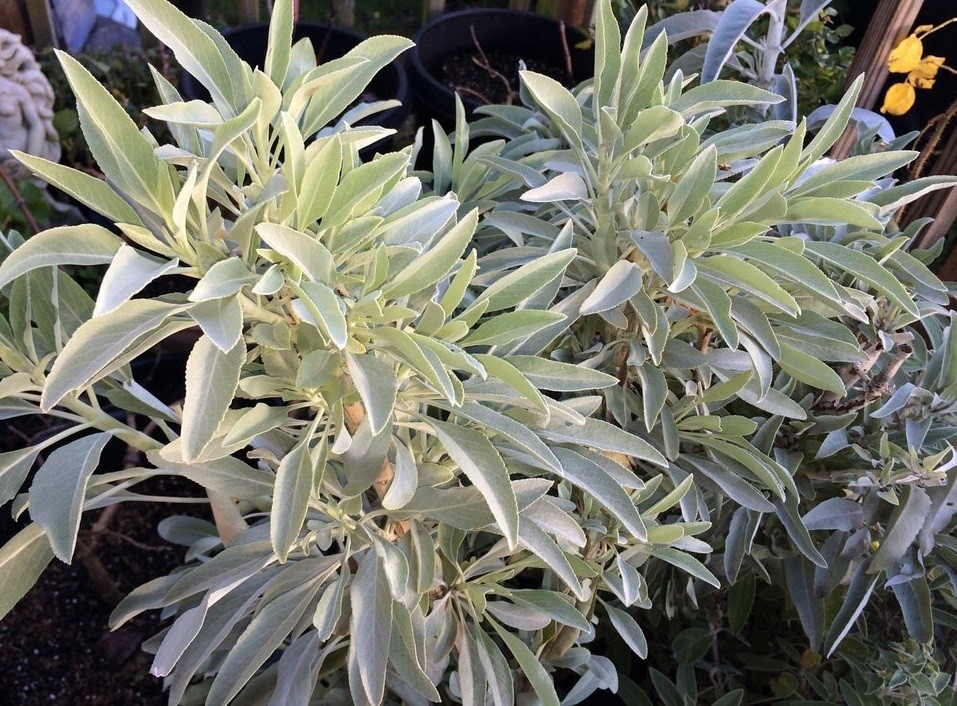The herb sage is native to the Mediterranean region. Lavender, oregano, thyme, rosemary, and basil are all members of the same family.
Herbs and spices can have a lot of antioxidant power and add a lot of flavor to a dish. This means that people can reduce their sodium intake by using herbs to flavor a meal instead of salt.
Besides, adding these types of herbs to a particular meal will make it even more delicious to eat.

This plant’s edible leaves are gray-green, and the flowers vary in color from blue to purple to white or pink.
You probably don’t know this, but there are over 900 different species of sage on the planet, which is fantastic.
Apart from that, this particular herb has a long history of medical usage for anything from mental health to gastrointestinal issues.
Some of its medical applications have been supported by research. There are so many things to learn about this herb.
If you are interested to know more about this specific herb and what other types are there, continue reading this article.
The burning of sage has been practiced even in ancient times. Click on this link to find out more https://www.healthline.com/health/benefits-of-burning-sage.
As mentioned above, people used these plants for medicinal reasons as well. Speaking of different types, here’s what you need to know:
Blue Sage
This plant is a sturdy fence that grows in the Southwest deserts. It’s named for the prevalence of blue blooms, but the leaves are also blue-ish.
It has delicate leaves and a floral, herbaceous scent that is similar to lavender.
This particular herb, a close relative of white sage, is also beneficial for purifying and mending practices.
Its soothing, loosening scent may be used to aid contemplation or simply eaten for pleasure.
It’s not as sharp as the white one, and it’s more pleasant to some people who find White Sage’s solid, grounding fragrance overwhelming. It can be used in smirch sticks and in a free leaf structure.
White Sage
In battered packs, white sage grows wild throughout the American Southwest. Native Americans, especially the Chumash, have been collecting the plant for centuries.
It is revered as a sacred herb, a vast source of medicine, nutrition, and the chivalrous spirit.
It has a herbaceous, soft, and astringent flavor. It’s not dissimilar to Eucalyptus. When consumed, some people say it smells like marijuana.
The scent of this herb is so intense that merely rubbing its cushioned leaves between your fingers is more than enough to release its powerful scent. Read more on this page.
Pitcher Sage
This type of herb is only found in the Southeast. It fills in bunches and is slightly taller than wide.
The leaves are thin and slender. The color of this particular plant is grayish-green. The erect stems stretch and curve under the heaviness of the blossoms, bringing significant sprouts.
Each sprout of blue blossoms has two petals. It also thrives in well-depleted soils that should be kept dry. These plants prefer dry soil and are dry season tolerant.
There were just three sizes of smear sticks in some shops once upon a time, and those were tiny, medium, and gigantic.
Read Also:
Basic Sage
Usually, the basic one is grown for culinary reasons. Its leaves can be used no matter if they are dry or fresh.
Tea can be made from them as well. If you are a huge fan of teas, then trying out this plant is definitely a must.
The interesting thing about it is that it is semi-evergreen. The plant forms clumps that grow both tall and large.
Grayish foliage and purple sprouts on blossom spikes are some of the characteristics of this herb.
The best time to grow basic nursery sage is in direct sunlight. Nonetheless, it can cause them to achieve success in the shadows.
The plant thrives in moist soil. You might have thought that this type is the only one that exists, but there are many different types of sage that you can explore online.
Coarse Cup Sage
As an evergreen herb, this type can bloom forever. This plant blooms from the beginning of the year until the first freeze.
Also, it produces tall blossom spikes in varying shades of blue and is filled with immersed sprouts.
The grayish foliage serves as a lovely bush foundation for the bloom spikes. It is commonly used as a cut flower. It can also be used as a yearly plant in cooler parts of the world.
Honey bees, for example, are big fans of this type of plant. This form of sage thrives in moist soils.
So if you want to plant one for yourself, you should make sure that your soil is also moist. Taking care of plants can bring peace and serenity to a person. Plus, you can use them for a lot of different reasons.
Lavender Sage
This type of herb, a more distant member of the Salvia family, is a sun-loving plant that thrives in Southern California’s coastal areas.
It’s named after the purple roses that bloom in clusters. Its leaves are typically fluffy and green. As mentioned above, you have the option to grow your own herb in your garden or yard.
Follow the link for more https://www.wikihow.com/Grow-Sage.
A lot of people claim that this particular plant is similar to Lavender. Regardless, it resembles it in appearance (especially when in sprout) and has a similar spotless, vibrant aroma.
Many people are huge fans of the Lavender plants because it looks beautiful, and a lot of products are laced with its scent. The same thing can be said about the purple one as well.
Conclusion
These are just some of the most popular types of sage that exist in the world. If you want to find out more, you can always do some research online because knowing more about this herb is always beneficial.
If you are generally into flowers and spices, then this is the perfect plant for you to explore. You can even plant it in your yard.












